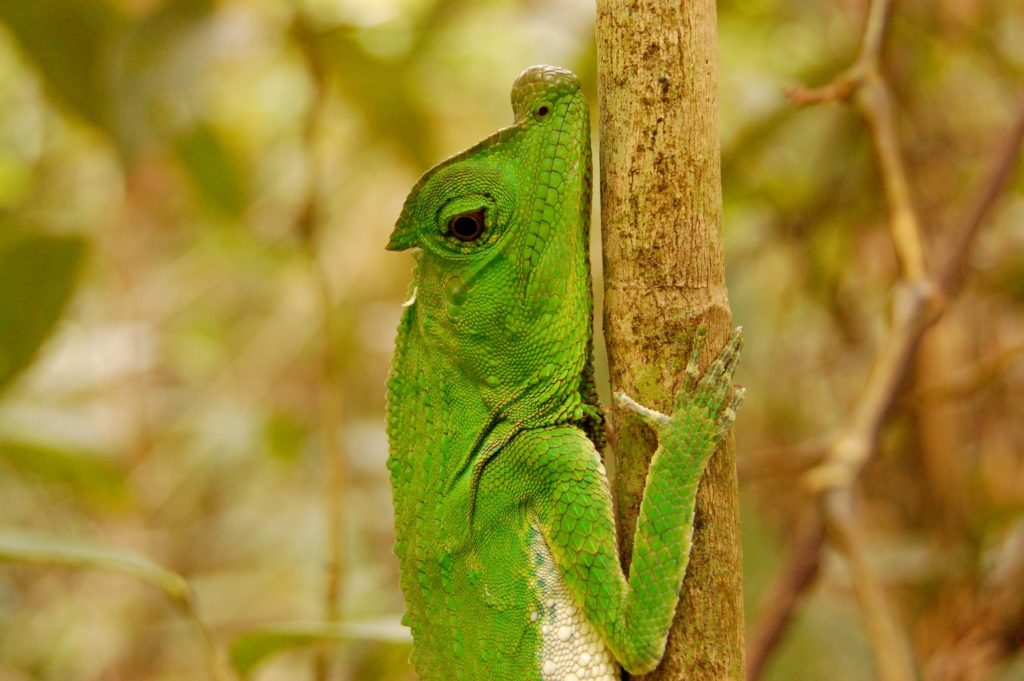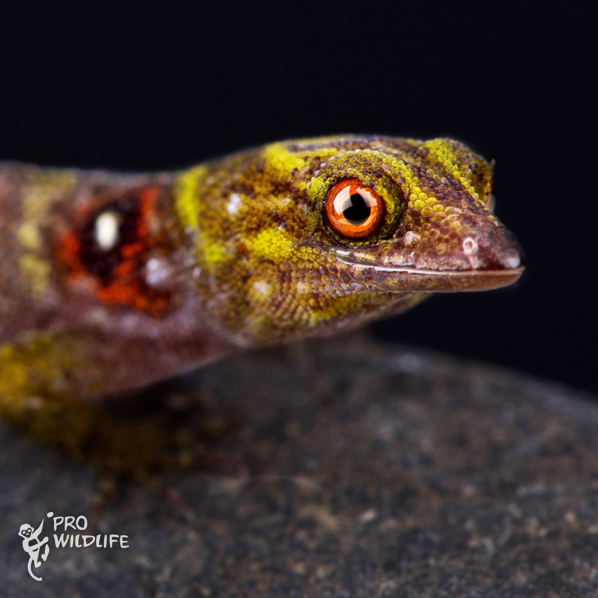
The CITES species conservation conference and the role of the EU
In May 2019, a report by IPBES, the Intergovernmental Science-Policy Platform on Biodiversity, shocked the world: One million species could disappear from the Earth in the coming decades. The report clearly identifies the exploitation of wild populations as one of the five main causes of mass extinction. In the light of such urgent warnings, it’s hard to believe that keeping up the trade ban on ivory and rhino horn still needs strenuous efforts. Further, countless animals of hundreds, if not thousands of endangered reptile, amphibian and fish species continue to be taken from the wild without any control, because the species still lack international protection.
From 17 to 28 August 2019, several thousand experts and stakeholders will meet in Geneva to argue about which animal and plant species shall receive better protection internationally. The conference of parties to the Convention on International Trade in Endangered Species of Wild Fauna and Flora (CITES) only takes place every three years. It is the most important event related to the trade in endangered species. A glance at the list of participants quickly shows that the conference will not be a cosy meeting among friends, but a tough battle between commerce and protection: ivory and rhino traders, trophy hunters, the reptile leather industry and the animal traders stand on one side, backed by governments like South Africa or Botswana as well as by a well-heeled industry which wants to continue squeezing money out of endangered wild animals and plants. On the other side, there are the animal and species conservation groups and some countries which do everything they can to stop the trade in endangered animals. An unequal fight in which the European Union takes a very ambivalent role:
On the one hand, the EU adopted its “Action Plan against Wildlife Trafficking” in 2016, which is intended to fight the illegal and devastating trade in wild animals and plants. The EU is also among the more active parties at CITES conferences in terms of drafting proposals for endangered species, supporting them diplomatically and successfully having them passed. At the 2016 CITES Conference, for example, the EU was main or co-proponent of 14 listing proposals, including for Barbary macaques, grey parrots, thresher sharks and a range of lizard species. For the forthcoming 18th CITES CoP, the EU tabled another twelve species protection proposals. These once again include – in addition to ray species, sea cucumbers and one butterfly – five proposals for species traded as exotic pets.
This current readiness of the EU to speak up for so many reptile and amphibian species is not a coincidence. The EU is one of the largest markets, including and in particular for exotic pets. Unfortunately, apart from its commitment within CITES, the EU is currently showing little ambition to fundamentally stop the rampant looting of populations worldwide. In the European Union, even trade in animals that are strictly protected in their home country, illegally caught there and smuggled out of the country is still permitted. Here in Europe such living rarities are then sold at top prices: Collectors pay up to 5,000 euros per animal – knowing that it is not sourced legally, but that the current legal situation in Europe prevents the authorities from taking action against both sale and possession of these animals. At the world’s largest reptile marketplace ‘Terraristika’, a kind of flea market for exotic pets taking place four times a year in the German provincial town of Hamm, some traders even openly admit that the animal was caught illegally. However, here in Germany it’s nothing illegal, they bluntly say.
Pro Wildlife is for years calling for EU legislation which at least bans the trade in such animals stolen from their home countries. The USA is the one country already having such a law, the ‘Lacey Act’. The EU, on the other hand, has so far been reluctant and is instead playing down the impact this form of wildlife crime has on biodiversity – despite the facts that the EU plays a leading role both for transit/transshipment and as a sales market, and that many of the animal smugglers are Germans, Czechs or Spanish, for example. Three examples, which will also be put to the vote at the upcoming CITES conference, show the inglorious role of the EU:

- The Union Island gecko (Gonatodes daudini) is a splendidly coloured small lizard discovered in 2005. Its range is estimated at only 0.5 km². The government of St. Vincent and the Grenadines does not allow the capture or commercial export of this critically endangered species, yet these geckos continue to appear in international trade. Remarkably, most traders come from Germany, the Netherlands and Austria.
- Sri Lanka has submitted CITES listing proposals for a total of ten lizard species, all of which occur only in Sri Lanka. Although exporting these animals is illegal for decades already, they have been regularly appearing in the European exotic pet trade in the past years. Collectors of rarities pay prices of up to 2,200 euros per pair. One of them, the Pethiyagoda’s crestless lizard (Calotes pethiyagodai), was described as a new species only in 2014. However, it’s also already traded in Europe and thus clearly captured illegally.
- In August 2014 we found an online advertisement of a German trader for a range of uncommon glass frogs from Latin America, offered for the Terraristika two weeks later. Only a few days before the trade fair, the business partner of said trader was caught at an airport in Costa Rica with 184 frogs, 203 tadpoles and 51 reptiles in his luggage. These were exactly the species that had previously been advertised online, including a large number of glass frogs. Some months later a Swede advertised glass frogs, allegedly from farms in Costa Rica. Our inquiry with the local authorities showed that no such breeding farms exist. Prompted by these two cases, Costa Rica applies for 104 species of glass frog to be listed in CITES; knowing fully well that not all of these species are traded already, but that a customs officer at the airport can hardly distinguish glass frog X from glass frog Y.
Even though EU citizens are clearly involved in unscrupulously smuggling and/or buying these animals, the EU according to its pre-published position will support only a part of these proposals and reject others. Species conservation organisations such as Pro Wildlife will therefore do their utmost to have the EU support the protection of all of these animals at the CITES conference. And we will continue to call for an ‘EU Lacey Act’. The EU must not sabotage the species conservation efforts of the countries of origin and tolerate this criminal business model of European animal smugglers.
Additional Information

The EU position for CITES Conferences is prepared by two EU bodies dealing with species conservation: the “Scientific Review Group” (composed of representatives of the scientific CITES authorities of the individual EU Member States) and the “Committee on Trade in Wild Fauna and Flora” (composed of the CITES management authorities of the EU Member States). A resulting proposal by the EU Commission for a common position is then discussed by various working groups of the EU Council. The final position is then confirmed again by the EU Council. The European Parliament is not involved in this process.
Dr. Sandra Altherr, Biologist and co-founder of Pro Wildlife


